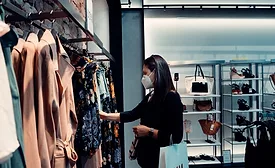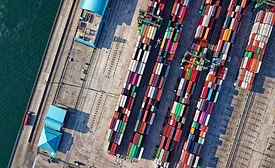Physical
Best practices on integrating access control, biometrics with swing doors and security entrances
There needs to be a solid strategy to ensure security when using an electronic access control system (ACS) and secured entrance devices.
February 9, 2021
Texas schools eligible receive emergency preparedness software and hardware through grant partnership
Member colleges and school districts can apply for the Alertus Grant beginning February 1
February 9, 2021
CISA announces extension of the Information and Communications Technology (ICT) Supply Chain Risk Management Task Force
Extension will allow the Task Force to continue its work as outlined in its recently released Year 2 Report and position itself to support the supply chain risk management imperative in 2021
February 9, 2021
Sign-up to receive top management & result-driven techniques in the industry.
Join over 20,000+ industry leaders who receive our premium content.
SIGN UP TODAY!Copyright ©2025. All Rights Reserved BNP Media.
Design, CMS, Hosting & Web Development :: ePublishing










